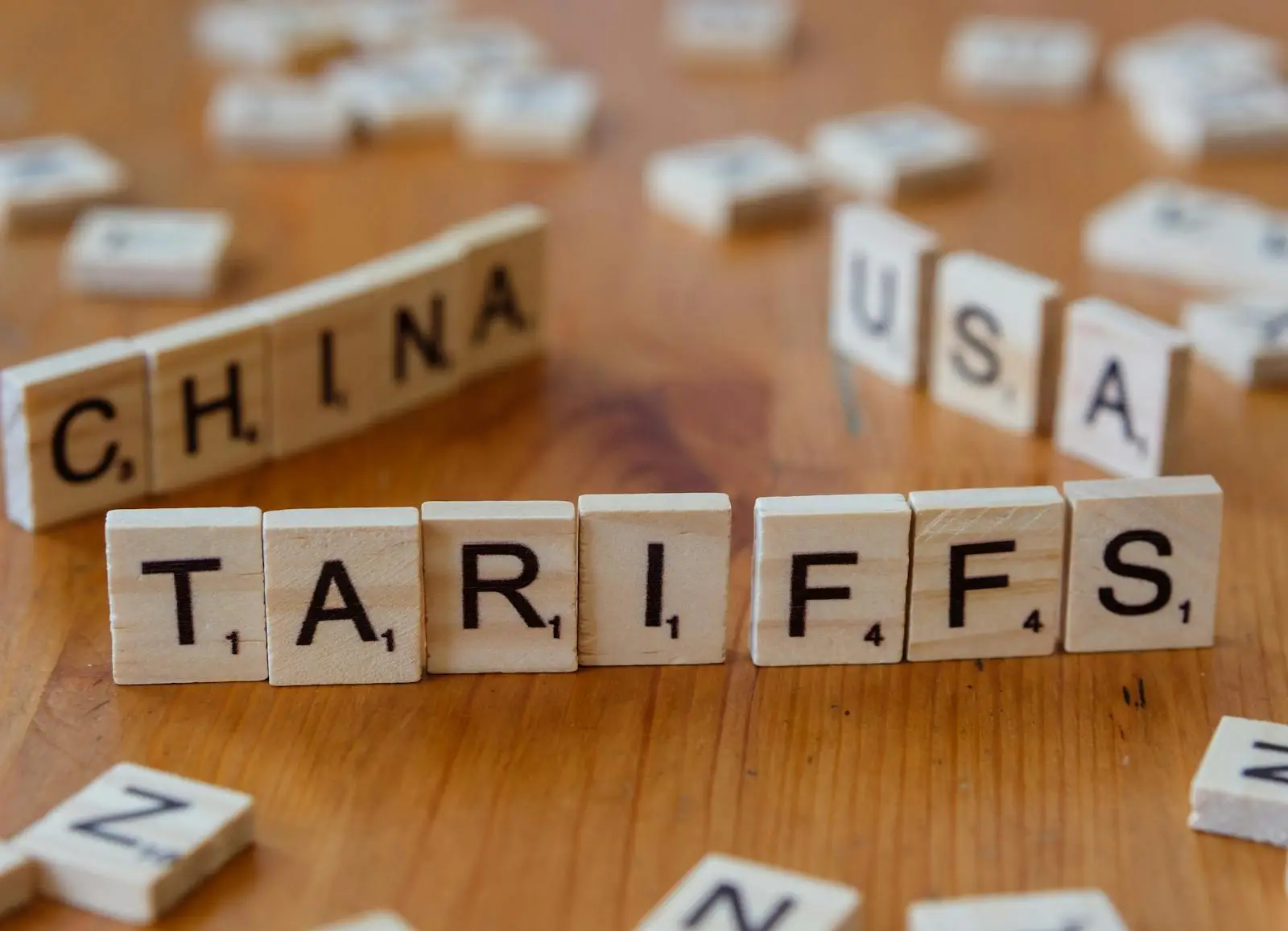As we navigate the 21st century, the importance of modern technology in our daily lives cannot be overstated. The digital quality of life in a country significantly impacts people’s experiences and opportunities.
Some nations excel in internet access and affordability, while others boast advanced digital systems and supportive laws. Unfortunately, many regions around the world still struggle with inadequate digital infrastructure and limited access.
To shed light on this global phenomenon, Surfshark has released the 2022 Digital Quality of Life Index (DQL), which evaluates countries based on their digital wellbeing. The DQL Index examines data from reputable sources such as the UN, World Bank, Freedom House, and the International Communications Union.
The index encompasses 117 countries, representing 92% of the global population and provides scores based on five key pillars:
- Internet Affordability: Measures the amount of time individuals need to work in order to afford a stable internet connection.
- Internet Quality: Assesses the speed, stability, and improvement rate of a country’s internet connectivity.
- Electronic Infrastructure: Evaluates the development and inclusivity of a nation’s electronic infrastructure.
- Electronic Security: Gauges the level of safety and protection citizens feel in their country.
- Electronic Government: Examines the advancement and digitization of a country’s government services.
Overall, the analysis indicates that Europe and Asia lead the digital quality of life rankings for 2022. Israel emerges as the frontrunner, achieving an outstanding score in internet affordability. From Europe, 2021’s top-ranking country – Denmark ranks second in 2022.
Here is a breakdown of the countries ranked according to their weighted scores across the categories:
The DQL Index serves as a powerful tool for governments, policymakers, and organizations to identify areas needing improvement and implement effective strategies to enhance digital wellbeing. By focusing on factors such as internet access, electronic infrastructure, security, and e-government services, countries can strive to bridge the digital divide and elevate the quality of life for their citizens.
The 2022 Digital Quality of Life Index highlights the ongoing importance of creating an inclusive and accessible digital environment for all. As technology continues to shape our lives, countries must address the gaps in digital infrastructure to ensure equal opportunities and a thriving digital society. With the insights provided by the DQL Index, governments can take proactive steps toward fostering digital prosperity and enriching the lives of their people.
Europe continues to lead in digital quality of life
7 out of 10 countries with the highest DQL are in Europe with only 18 of the top 50 countries located outside.

Globally the internet is less affordable
Comparing countries included in last year’s index, people have to work slightly more (6 min) to afford fixed broadband internet in 2022. While mobile internet is more affordable this year, people have to work just under 2 minutes less than they did in 2021. The same trend was observed last year.
Investing into electronic infrastructure (0.92 correlation) and electronic government (0.92 correlation) has contributed to people’s digital wellbeing the most.
In contrast, internet affordability revealed itself as the least important factor in the entire DQL (0.58 correlation).
GDP per capita doesn’t necessarily determine a country’s e-infrastructure quality
Although GDP per capita has a strong correlation with the DQL, there are countries that have better digital quality of life with lower GDP per capita than expected.
Out of 117 countries, 17 exceeded the expected digital quality of life by providing higher levels of e-security and e-infrastructure, and e-government. They include Ukraine, Armenia, Brazil, Thailand, Serbia, Argentina, Turkey, Bulgaria, Malaysia, Russia, China, Romania, Chile, Uruguay, Croatia, Poland, and Hungary.
All three of these pillars have a more significant correlation with the DQL than GDP per capita. This proves the potential to level up the global digital wellbeing with lower resources and more focused strategic planning.
All features for €2.30/mo Get Surfshark













